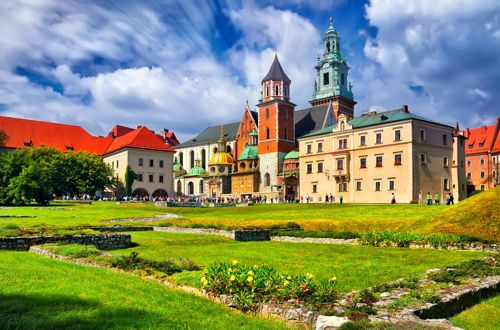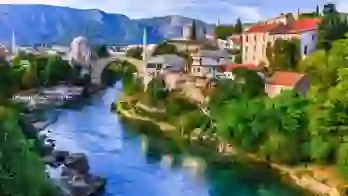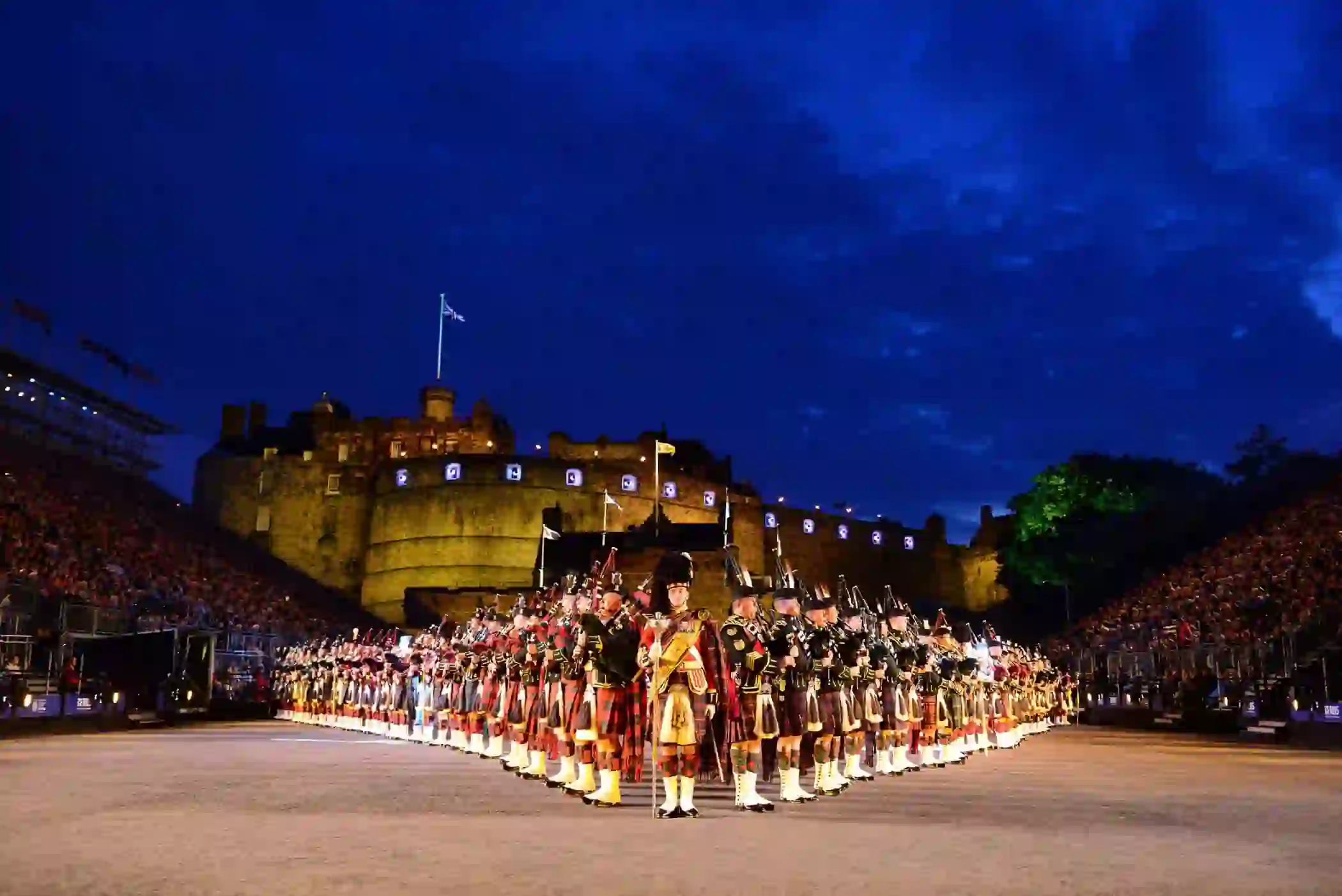
5 European landmarks to visit this year
With Europe on our doorstep, we’ve picked five landmarks that should be on every travel wish-list. Landmarks often come to symbolise an entire destination and help to give us a firm sense of place. Think of the Eiffel Tower and the Colosseum, and how they have come to represent Paris and Rome respectively. Seeing a world-famous landmark is often the most memorable part of a trip, so we’ve picked out these stunning landmarks for you to plan your next trip all of which are suitable for solo travellers or with family and friends.
Glenfinnan Viaduct, Scottish Highlands
The spectacular 21-arched sweeping Glenfinnan Viaduct sits on one of the most scenic stretches of Scotland’s iconic West Highland Line. Built in the late 19th century during the Golden Age of British rail travel, the viaduct is famously featured in the Harry Potter films and overlooks Loch Shiel. Although you can park up nearby and walk beneath the viaduct, by far the best way of seeing the Glenfinnan Viaduct is by train: sit back, relax and enjoy the stunning sight of the sweeping viaduct opening out in front of you.
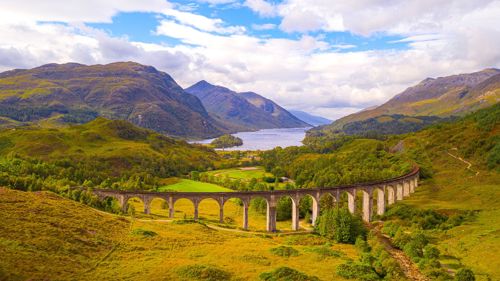
Lake Bled, Slovenia
Situated in north-western Slovenia and surrounded by the Julian Alps, is the bluish-green Lake Bled, with its picture-perfect islet, dominated by an exquisite Baroque church. Overlooking this picturesque scene is the 12th-century Bled Castle, which clings to a rocky promontory. Enjoy a gentle stroll around the lake, taking in the spectacular scenery, perhaps pausing for a coffee, then take a pletna boat across to explore the tiny island, climb the steps to the church and ring the wishing bell.
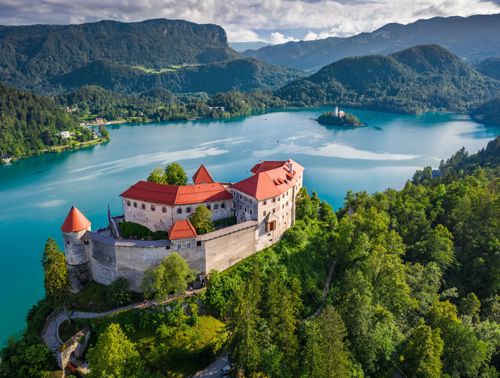
Leaning Tower of Pisa, Italy
Built on unstable and marshy foundations, the Leaning Tower of Pisa is a campanile (a freestanding bell tower) of the Pisa Cathedral. Work began on the tower in the 12th century, when it began to lean due to soft ground. It is thought that Pisa was named around 600 BC, after a Greek word that means ‘marshy land’. The tower was completed almost 200 years later in 1399. By 1990, the tilt had reached 5.5 degrees and the tower was closed for the first time in history, before stabilising work corrected the tilt to 3.97 by the early 21st century. Despite its unstable appearance, the tower is perfectly safe, and you can even go inside and climb the stairs to the top!
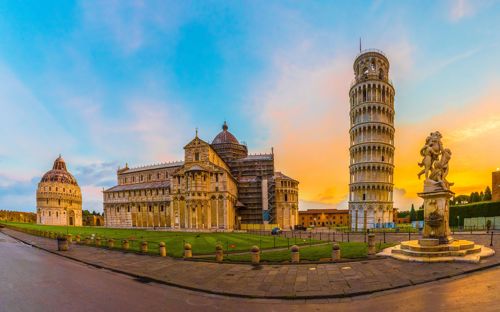
Old Town, Dubrovnik
Dubrovnik, the incomparable walled city known as the Pearl of the Adriatic, is home to one of the world’s most famous old towns, thanks in part to the HBO TV series, Game of Thrones. The Old Town’s pedestrian-only thoroughfare, Stradun, is made of limestone that has been polished by the shoes of millions of visitors over the years. Stradun is overlooked by the carved stone façade of the impressive Sponza Palace and the graceful Baroque St Blaise’s Church. Take the opportunity to view Dubrovnik and the blue Adriatic beyond from the city's impregnable walls, which have withstood several invasions and sieges over the years.
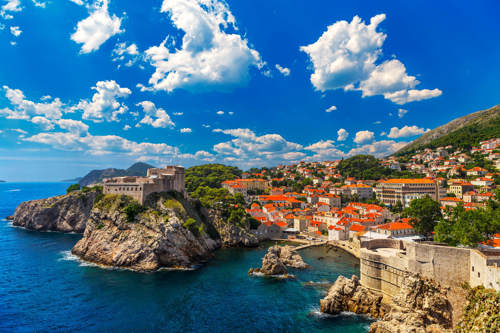
Rynek Główny, Kraków
Kraków’s iconic 13th-century Rynek Główny (Main Square) sits at the heart of the city’s old town and holds the title of the largest medieval town square in Europe. At its heart is the Sukiennice (Cloth Hall), which is surrounded by market stalls and encased by elegant townhouses, cafés and restaurants. Rynek Główny is looked over by Wawel Hill, home to the former royal castle and the magnificent Gothic Wawel Cathedral, built on the site of an 11th-century original.
